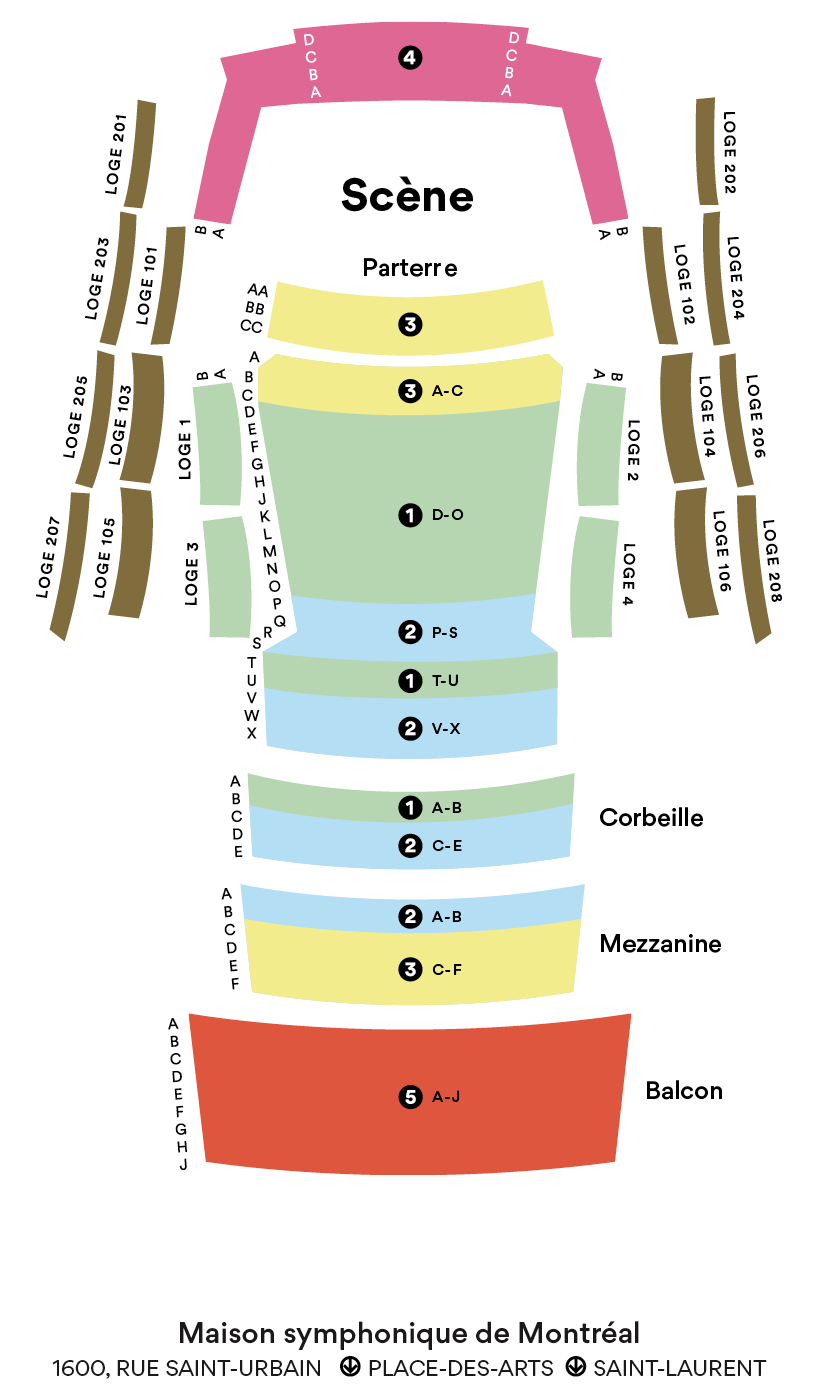Piano Concerto No. 5 “Emperor”
Beethoven
1770 – 1827
After settling in there in 1792, Beethoven needed only a few years to conquer Vienna as a pianist and a composer. Despite his prickly manners, several members of the aristocracy and the middle class recognized his genius, wanted to study with him, purchased his scores and gave him commissions. The taste of the Viennese was clearly changing, intrigues swirled around him and more than one was baffled by the boldness of his style but, as the years passed, nothing could stand in the way of his becoming a true national musician.
Shortly after 1807, when he was denied a position as head of Vienna’s theatres, Beethoven, as ever seeking a permanent, well-paying job, announced his intention to leave the imperial capital and move to Westphalia to enter into the service of Jérôme Bonaparte. To mark his departure, he organized a grand “farewell” concert featuring his latest compositions. Not only was the concert a triumph, but his threat bore fruit: Prince Kinsky, Prince Lobkowitz and Archduke Rudolf joined together to play him a pension of 4,000 florins a year, with no conditions attached other than to remain domiciled in Vienna, to “release [him] from the shadow of need, and thus disperse the miserable obstacles which are so detrimental to his flights of genius.”
It was under these favourable circumstances that, in the fall of 1809, Beethoven began composing his Piano Concerto No. 5, which he dedicated to Archduke Rudolph. Completed in February of the following year, it was published in November in London by Clementi & Co. and in February 1811 in Vienna by Breitkopf & Härtel, before its public premiere. At the time, composers who were also pianists would perform their concertos while conducting the orchestra from the keyboard and more or less improvising certain passages, the soloist’s part sometimes not yet being fully scored.
But as the years progressed, no doubt due to his deafness, Beethoven abandoned his career as a soloist, and his concerto was premiered, successfully, by Friedrich Schneider in Leipzig on November 28, 1811 – that is, after its publication, a rare occurrence at the time – and before its Viennese premiere on February 12, 1812, with Carl Czerny at the keyboard.
As for its nickname, “no one can say why the concerto was dubbed the ‘Emperor’ or who was behind the initiative. Some claim it was the English composer Cramer, but nothing could be less certain. In any case, it wasn’t Beethoven,” as Jean and Brigitte Massin point out. The work contains no allusions to any emperor, not that of Austria and even less that of France. Perhaps its imposing dimensions and perfection caused it to be viewed as the “emperor” of concertos.
Beethoven wrote the opening Allegro during the occupation of Vienna by Napoleon’s armies and in the margins of his sketches wrote “Song of triumph for the battles,” “Attack!” and “Victory!” Unusually, the movement begins with a long, seemingly improvised prelude for the soloist underpinned by powerful orchestral chords. Then, during a “largescale harmonic expansion [given to the piano] . . . two opposing themes converge in a kind of dialectic between power and emotion.” The succeeding Adagio takes the form of a lied, its melancholic simplicity the product of hard work, to judge by the sketches. The concluding Rondo follows without a break, sounding like a folk dance in which the soloist plays with relentless virtuosity. At the very end, as the Massins note, “a pianissimo drumroll in near silence leads to the last chords and gives great depth to the ultimate triumph that is the very
essence of this fifth concerto.”
© François Filiatrault
Translation by Craig Schweickert
